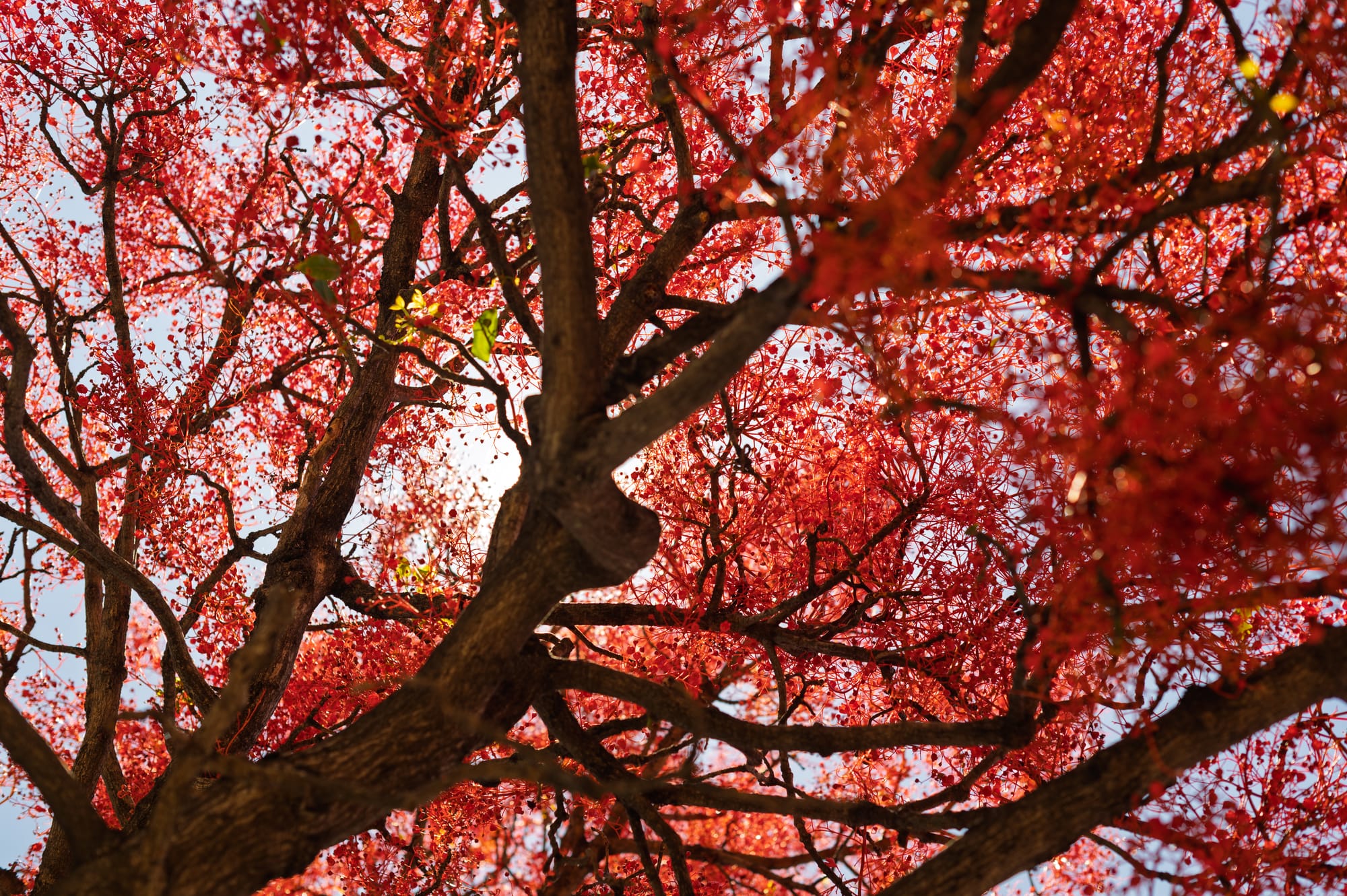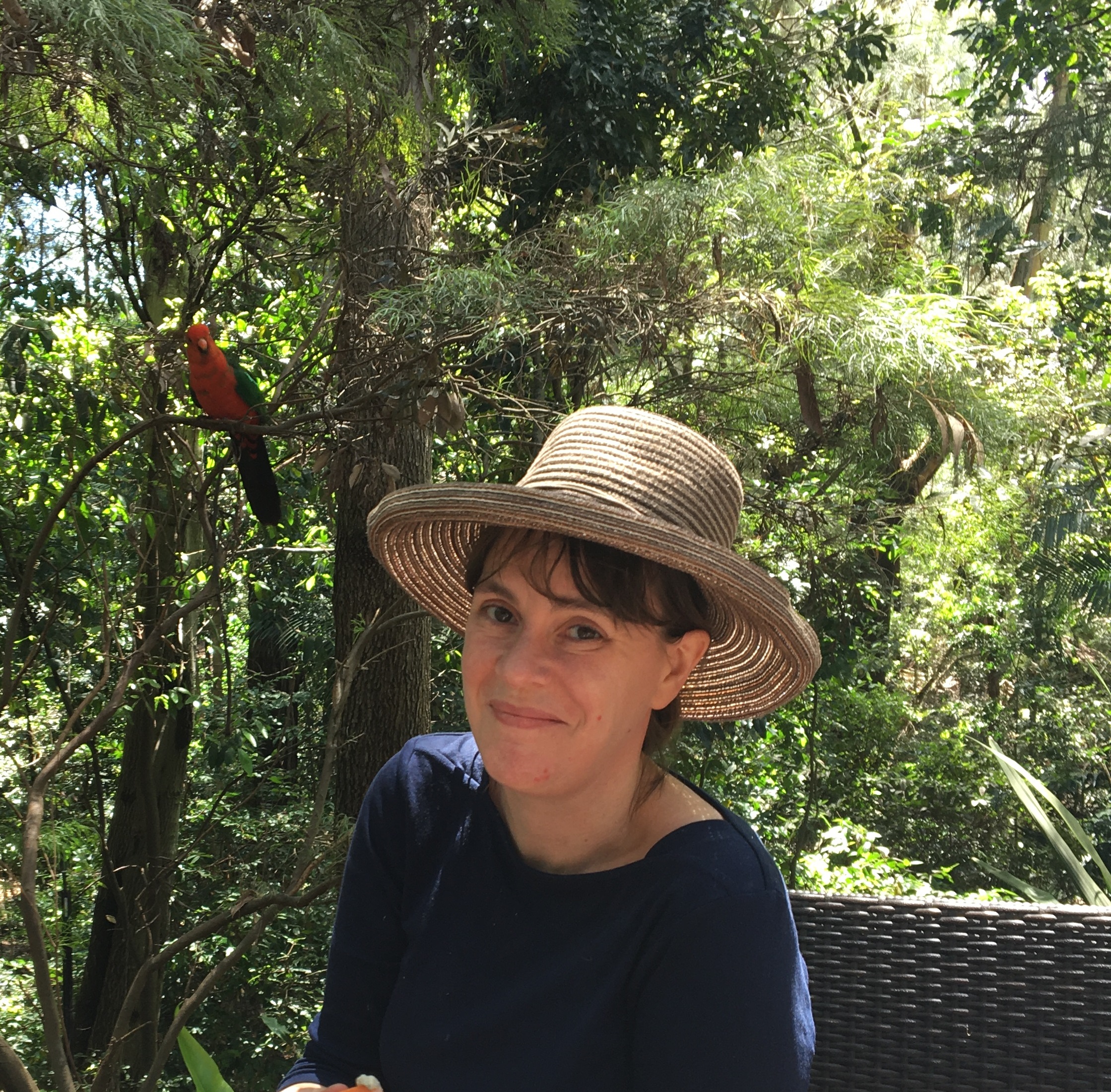How the Illawarra Flame Tree got its (English, common) name
Photographer Brad Chilby recently shared a picture of an Illawarra Flame Tree, Brachychiton acerifolius, on Facebook and asked why such a widespread tree is named for the Illawarra region
The below article was originally published in February 2025, in volume 155 of the ecology journal Budawangia, edited by Kevin Mills. Since it was published, I have also learned two Dharawal names for the Illawarra Flame Tree. One is Weery Wegne from the website Dharawal Words and the other is Couramyn, a name included in an article by Graham Avery titled "Doctor Ellis’ Dharawal Plant names" published in Australian Plants (vol. 32 no. 261, pp.377-85).
Photographer Brad Chilby recently shared a picture of an Illawarra Flame Tree, Brachychiton acerifolius, on Facebook and asked why such a widespread tree is named for the Illawarra region. As Budawangia editor Kevin Mills replied, Illawarra was the first settled location that had the tree, and there were many to be seen. Beyond that, there was some uncertainty.
So I had a browse through historic records on the web to see what I could find. Names are tricky things, and the Illawarra Flame Tree has gone through a few scientific name changes, but here are a few points of note.1
Botanist Allan Cunningham, who visited Illawarra between 1818 and 1830 and spent time in the local rainforests, was the first European to give a botanical name to the Illawarra Flame Tree (he named it Sterculia acerifolia, though it was ultimately George Don's description of the species that was accepted).2
I found it hard to locate a reference to the species in available versions of Cunningham’s journals of his time in Illawarra3, but it is widely accepted that he recorded the species in the region.
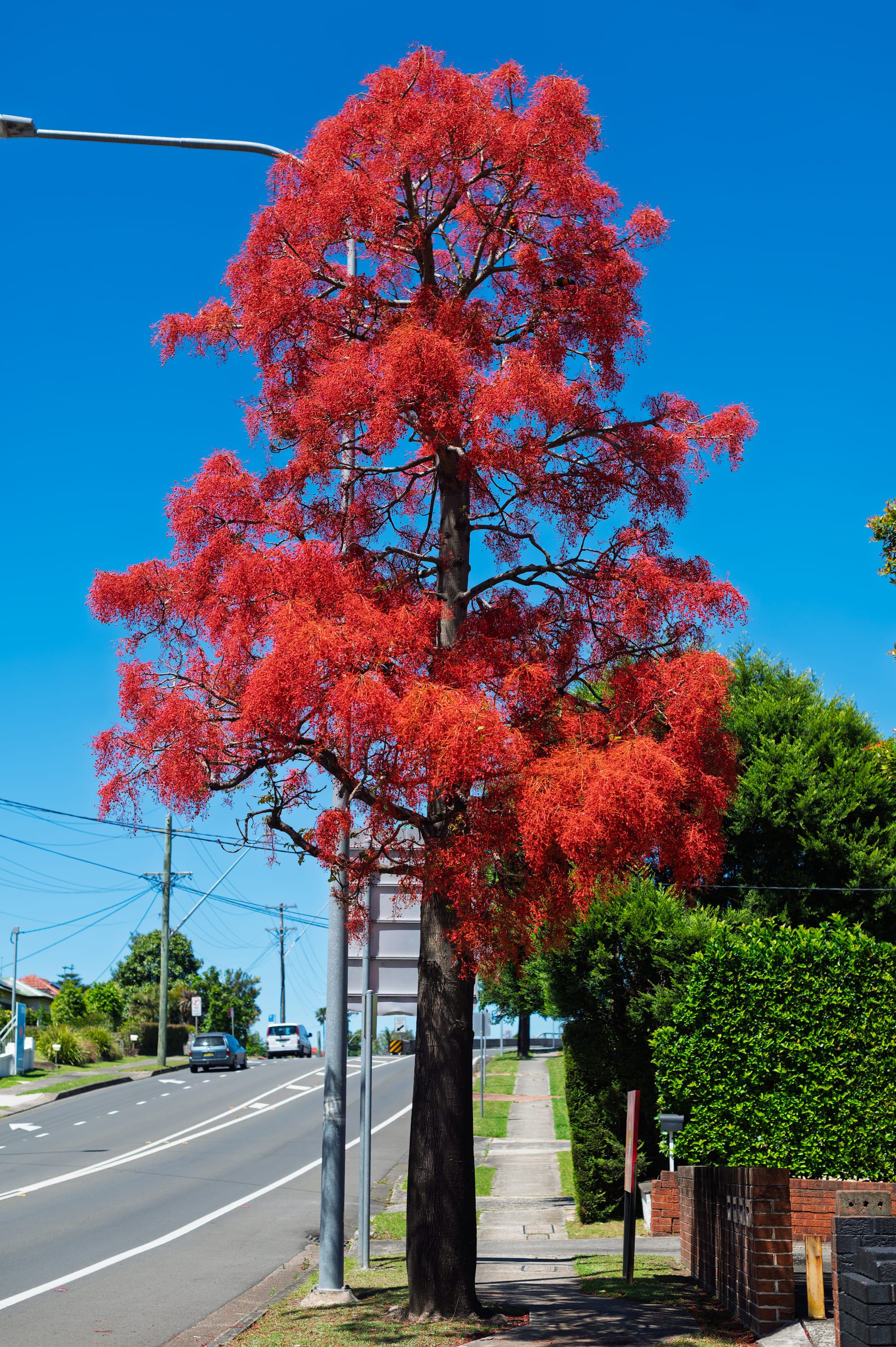

A Flame lights up a Figtree street, November 2025. Photos: Tyneesha Wiliams
The Illawarra Flame Tree was clearly associated with the region by 1857, at least among botanists. Victoria's first 'Government Botanist' Ferdinand von Mueller wrote a letter to Sir William Hooker that describes a range of Sterculia species, including one that he calls the "Flame-tree of Illawarra Brachychiton acerifolium Sterculia acerifolia A.C. in Loud hort. Brit. [1830] p. 392". 4
References to the Illawarra Flame Tree are common by the 1860s. For example, the National Library of Australia’s Trove includes an article in The Leader (a Melbourne publication) from 1867, discussing Melbourne nurseries, references Brachychitons, stating: ‘nothing is more handsome than the species known as the Illawarra Flame-tree.’ 5
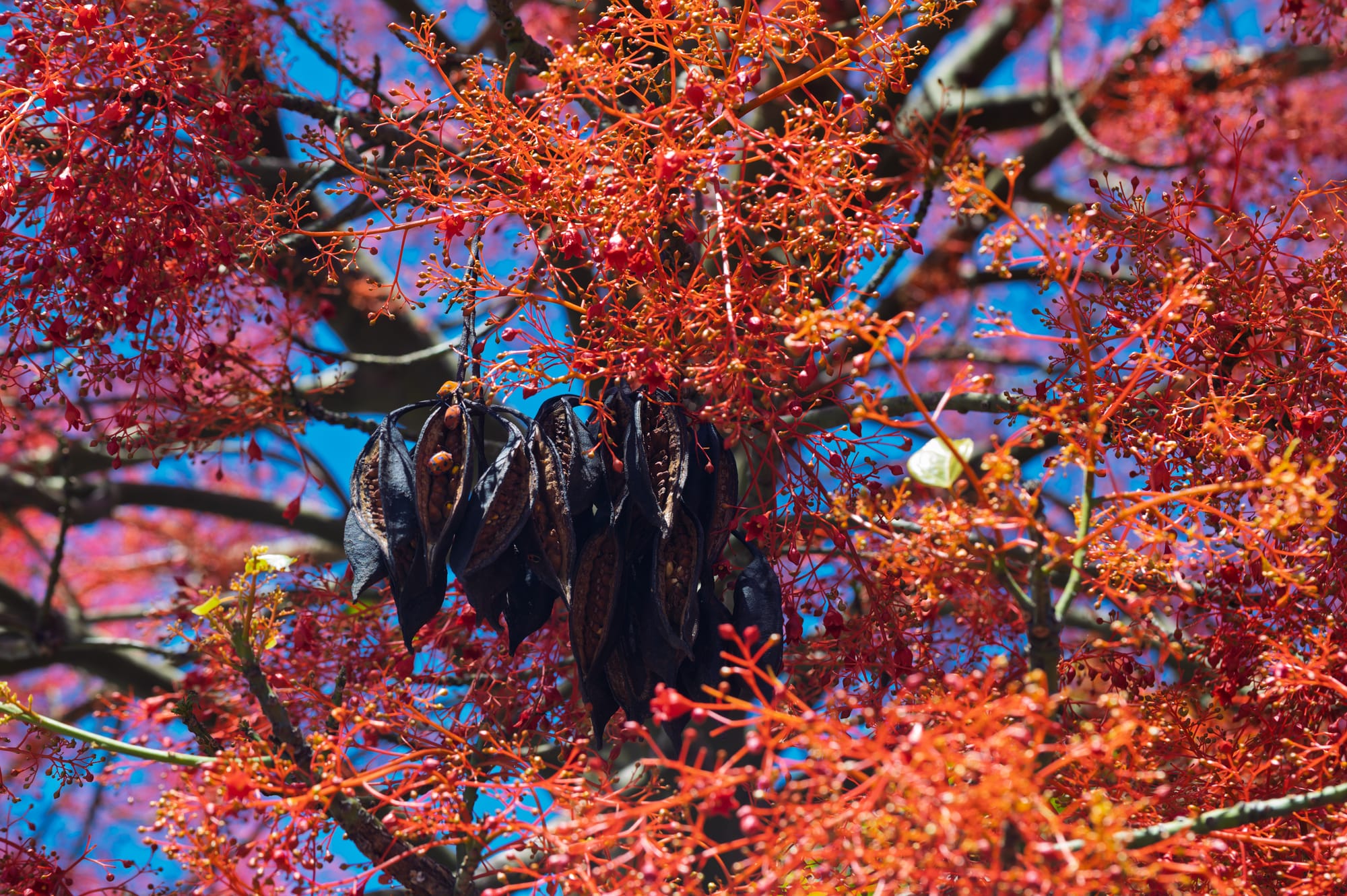
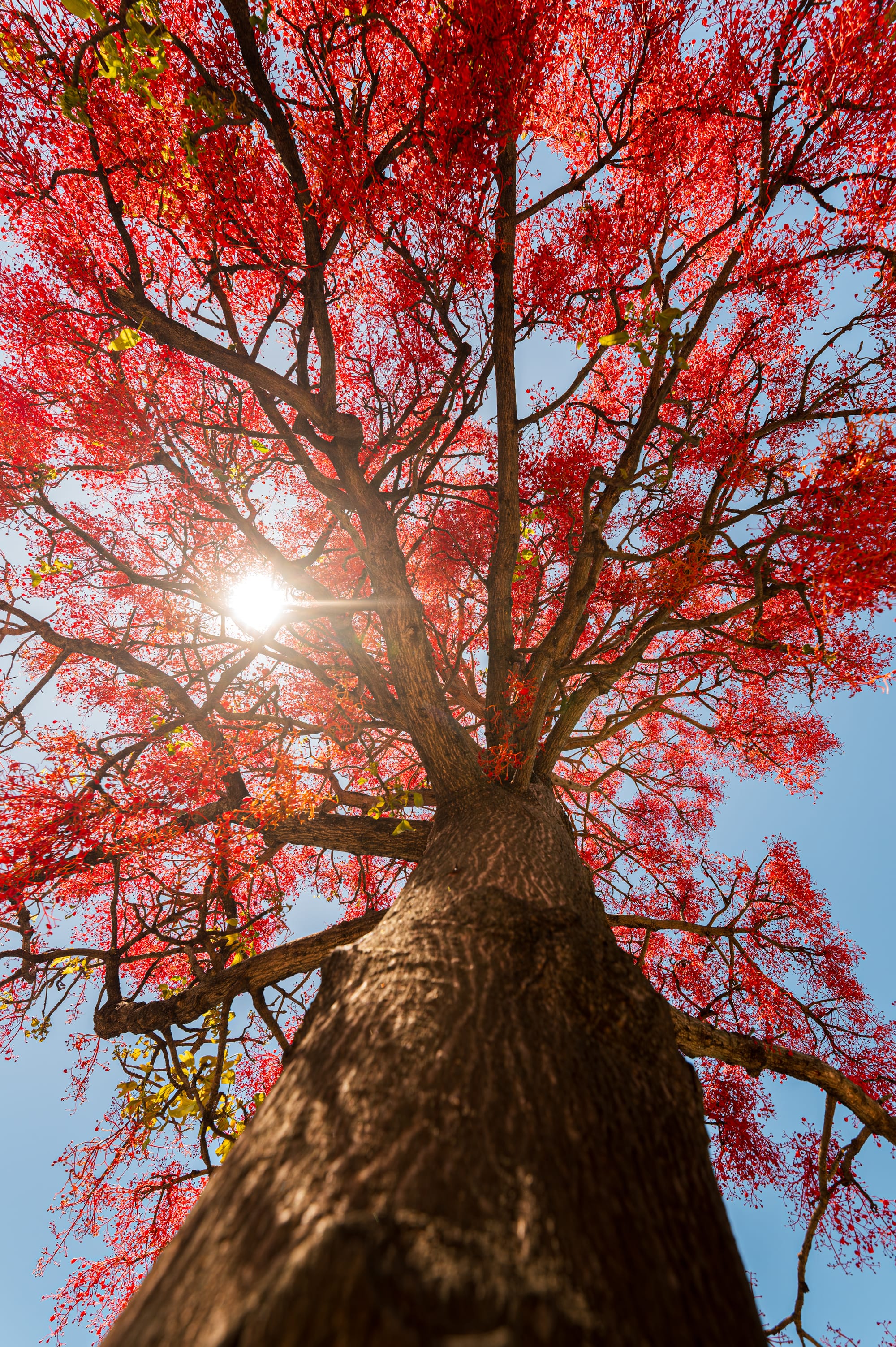
Flame Trees produce tough dark-brown seed pods. Photos: Tyneesha Williams
Trove also includes an edition of The Freeman’s Journal from 1879, where a member of the public from Taree writes to the editor, asking about a ‘small tree very rarely to be met with in this colony, as it grows only in the “mountain brushes” and then not in all of them.’ The writer is keen to see the tree propagated and sold by the government.
A response was provided from Mr Charles Moore, director of the Botanic Gardens of Sydney, stating: ‘The tree referred to in the enclosed letter is botanically called Brachychiton acerifolium, but commonly known as the Flame-tree – so called from the profusion of flowers of a rich scarlet colour which it bears some seasons. It was first discovered in the Illawarra district, and has a known coast range of at least 300 miles. Curiously enough it only loses its leaves when about to flower, which only occurs at intervals of several years. In some localities it is called kurrajong, as a strong and useful fibre is obtained from its bark. The wood in spongy and of no commercial value.’
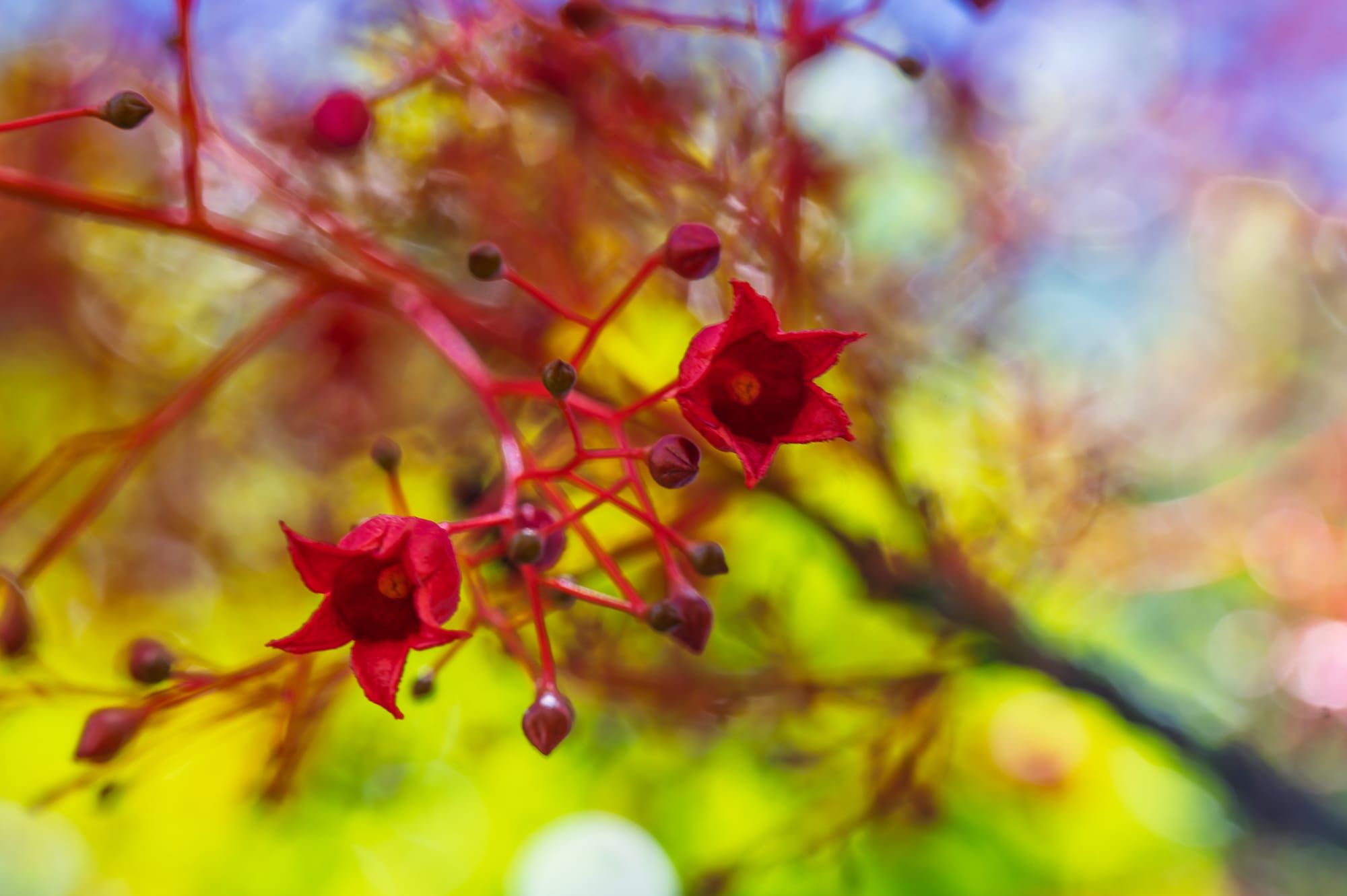
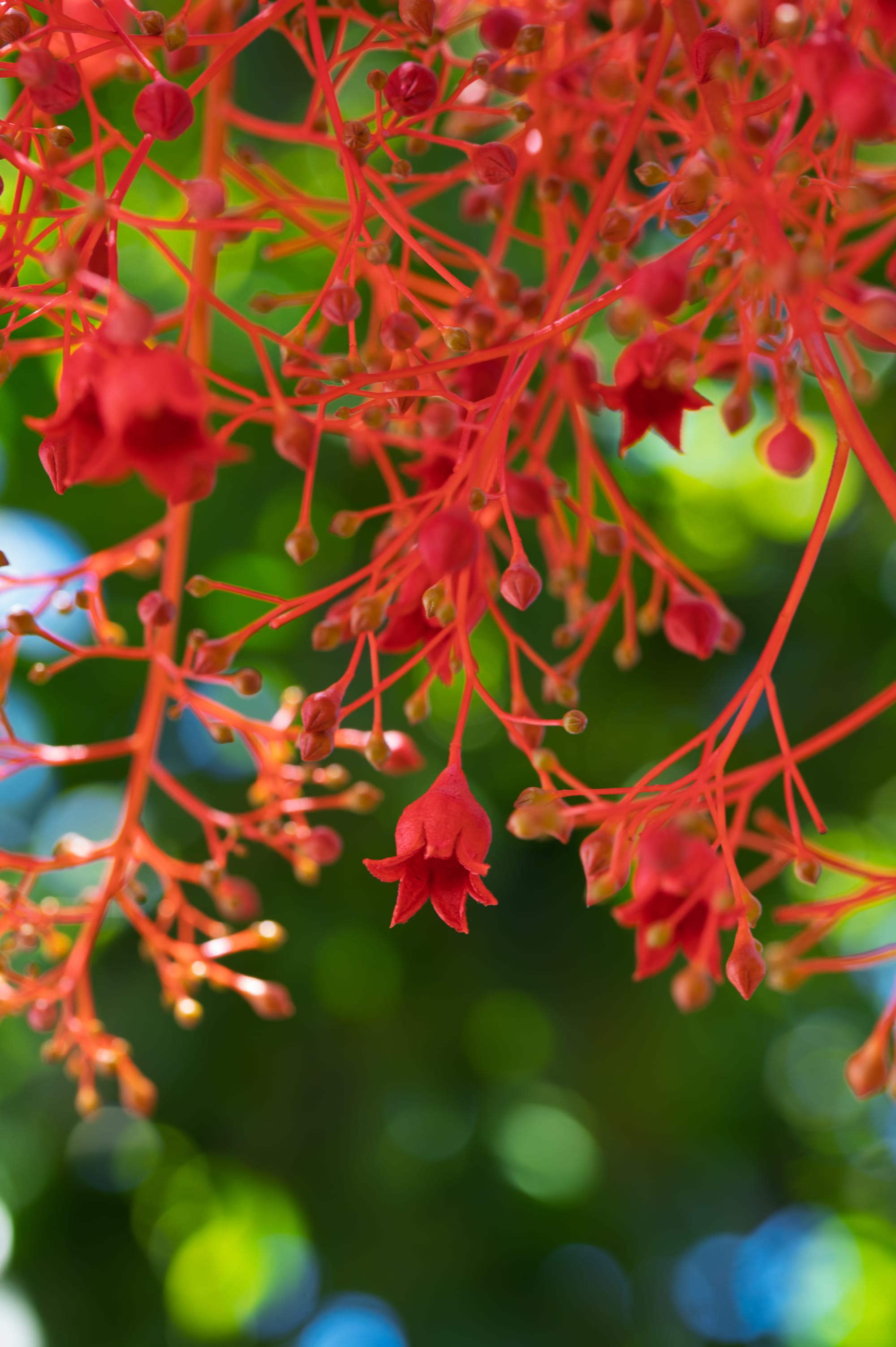
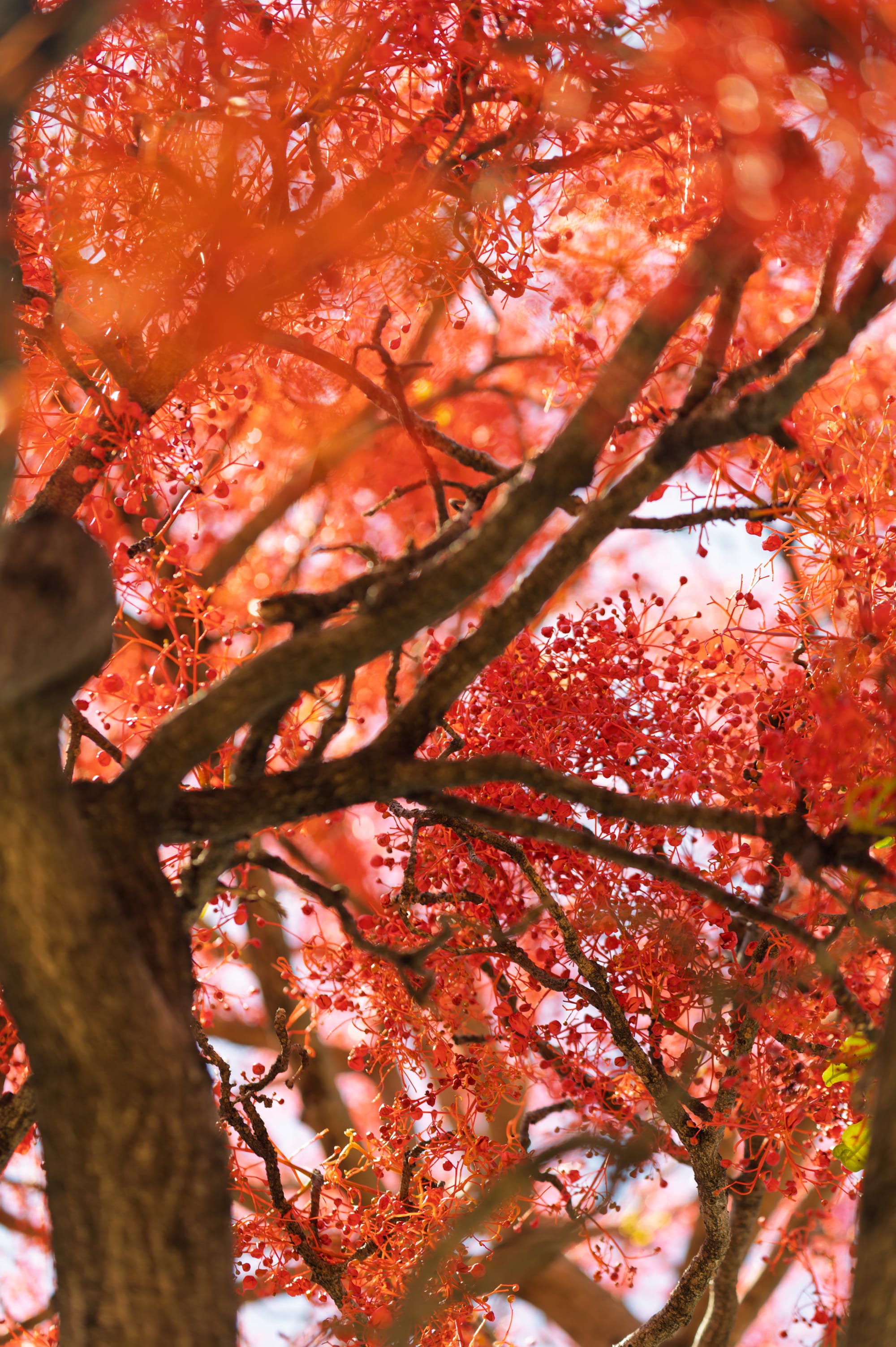
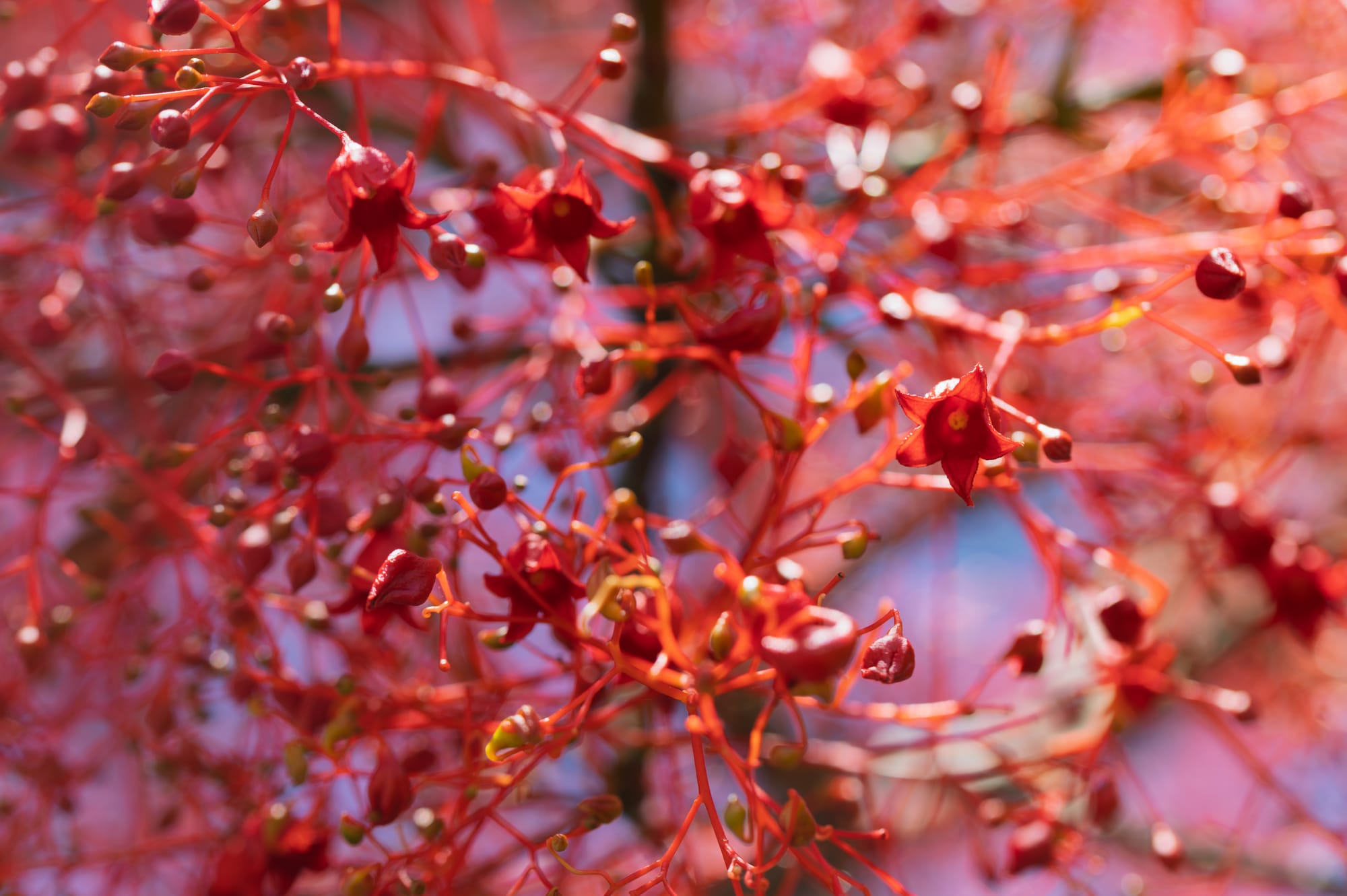
Illawarra Flame Trees in bloom, November 2025. Photos: Tyneesha Wiliams
References
1. This is not original research, merely the result of some trawling of online resources, which these days are prodigious thanks to
initiatives such as the Gutenberg Library, the National Library of Australia’s Trove and many others.
2. See Don, G. (1831), A General History of Dichlamydeous Plants 1: 517). This enormous publication is widely cited in
Australian taxonomic resources such as the Australian Plant Census. It only has a brief mention of the species, with no common
name, noting it only as ‘Native of New Holland.’ Online accessed 22 January 2025.
3. See for example, this version of the journals at the Gutenberg Library. Chapter IX, Cunningham’s Journal: The Five Islands
and Illawarra. Online, accessed 25 January 2025. Digitised versions of
Allan Cunningham’s journals are available online. Online,
accessed 26 January 2025.
4. See Mueller, F.J.H. von in Hooker, W.J. (ed.) (1857), Notes made during the recent Expedition across the Northern Portion of
Australia. Hooker's Journal of Botany and Kew Garden Miscellany 9: 198. Online, accessed 6 January 2025. Another easier-to-read version of the letter is available here.
5. See ‘The Melbourne Nurseries,’ The Leader, Saturday 4 May 1867, p.9. Online, accessed 24 January 2025.
6. See ‘The Flame Tree,’ Freeman’s Journal, 11 October 1879, p.11. Online, accessed 20 January 2025.


